5 Amazing Health Benefits Of Using Clay Water Pot
Keeping water cool on hot days to improve metabolism - unearth the science behind clay pot water.
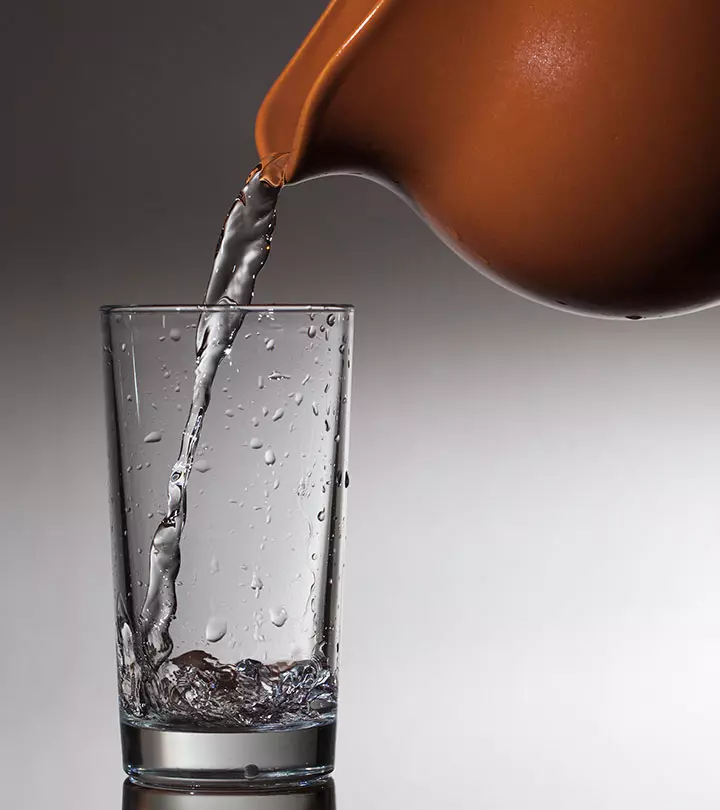
Image: Shutterstock
Water is essential for our survival. But, did you know that how we store and consume water makes a difference as well? If you have ever had water from plastic bottles vs a clay pot, you would know what we mean! While you may store water in plastic bottles, steel containers, or glass bottles, clay water pot health benefits make it a more healthier option. It adds more than just the earthy taste and richness to water. Wondering how? Read on to know more and make the right choice for yourself!
In This Article
Clay Water Pot – 5 Amazing Health Benefits
1. Cooling Water
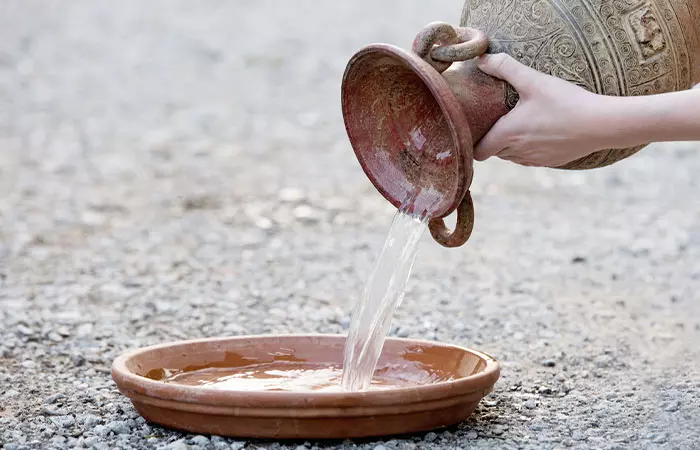
We all remember the good old days when we would drink water stored in the Matkas. Scientists claim that storing water in a clay water pot is the best way. Clay pots not only cool the water down, but they also provide healing with the elements of the earth. Most significantly, clay pots transfer the chill to the water based on the climate. This quality of a clay pot is unique, and no other container has the same quality (1).
 Did You Know?
Did You Know?2. Porous

Clay is porous. In the same way, a clay pot is also porous. When you store water in a clay pot, the evaporation happens. This process causes natural cooling as water particles gain energy in the form of heat, then change to gas and get mixed with air. A clay pot has small holes visible at the microscopic level through which water seeps out and gains energy to become gas and gets evaporated causing cooling. Heat and moisture circulate throughout the pot, quite opposite to the metal or enamel-lined crockery that we use today. Some pots are made of a special type of clay containing speckles of mica, colloquially known as ‘micaceous’ clay. Mica is a natural insulator.

3. Alkaline
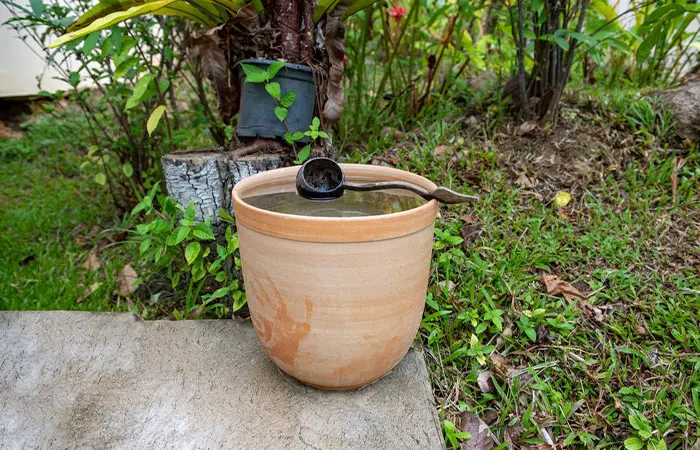
Another benefit of clay water pots is the alkaline nature of clay, as it releases minerals like calcium, magnesium, and potassium into the water, making it alkaline (1). The alkaline clay interacts with the acidity of water and provides the proper pH balance. There are numerous alkaline water benefits, especially for those who have acidity problems, providing relief from gastric pains. This nature of clay is quite useful and is one of the few well-documented benefits of drinking water from an earthen or a terracotta pot. When acidic food like meat or milk is cooked in an earthen pot, the clay may help to neutralize the overly acidic qualities of food as well. (2).
4. Improves Metabolism And Virility
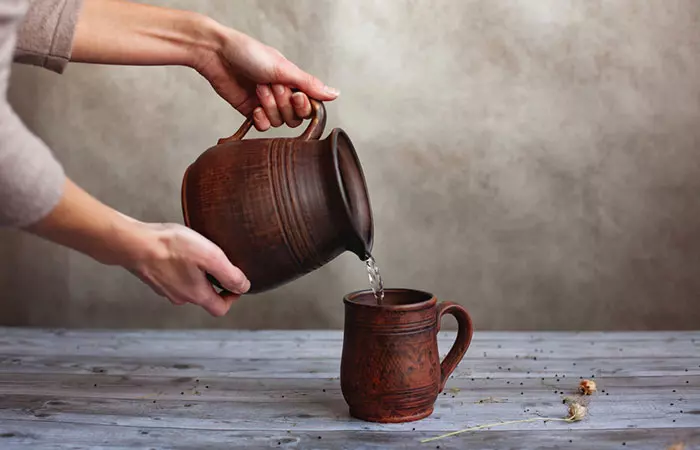
Drinking the right amount of water every day may help us boost metabolism. We usually store water in plastic containers, without realizing that there are harmful chemicals like BPA (Bisphenol A) in plastic that cling onto the water molecules, which can affect your immunity and pose a health hazard. Alternatively, drinking water from a clay pot can help improve metabolism without dangerous chemicals like BPA added to the fray. Drinking water from a clay pot can also help maintain a level of testosterone in your body, as opposed to plastic, which in turn reduces the amount of testosterone in your body. Clay water tastes natural and pleasantly chilled, and it is believed that it may also help improve metabolism. However, there is no scientific evidence to substantiate this claim.
5. Gentle On The Throat

Remember the summer vacations, when we came back from the park after a nice game of football or hopscotch? Mum or Grandma would insist on drinking water from the Matka rather than the fridge. Although we never knew why, one of the reasons could have been to avoid sunstroke. And the other reason could have been that the sudden temperature change could make us sick.
What we did not realize though, is that the water stored in an earthen pot is gentle on the throat. Therefore, drinking it might feel soothing, especially if you have a sore throat caused by a cough or cold.
 Fun Fact
Fun FactThese are some of the benefits of drinking water from clay pots. The only important thing to remember is to clean these pots every three days and change the water regularly. The ‘surahi’ or narrow-neck jug-shaped water pot and the ‘matka’ or traditional water pot are the two types of clay pots available.
But the benefits of using clay pots transcend mere health benefits. How? Let’s learn more below.
Key Takeaways
- Clay pots have microscopic holes in them that may help facilitate evaporation thus cooling the water inside them and may also provide healing properties to the water.
- They are alkaline in nature and help balance the acidity of the water.
- Drinking water from clay pots may help curb acidity and improve digestion.
- It may also boost metabolism and virility without exposing you to dangerous chemicals like BPA.
- Moreover, water stored in these artisanal pots is ideal for people who are suffering from cough or cold.
Eco-Friendliness Of Clay Water Pots
Beyond the health benefits, clay water pots also offer an eco-conscious solution for hydration. Unlike single-use plastic bottles that contribute to environmental pollution, clay pots are a sustainable choice. They are biodegradable and made without the use of any harmful chemicals. By opting for clay water pots, you are actively reducing your plastic consumption and supporting a more sustainable lifestyle.
Is that convincing enough to have you invest in these pots? Well, then you must also learn how to clean clay pots well. The following section reveals how to clean them with baking soda. Take a look!
How To Clean Clay Pots With Baking Soda?
Empty the pot and rinse it with warm water to remove any loose dirt. Make a cleaning paste by mixing baking soda and water. Apply it inside as well as outside the pot, as you particularly focus on stains. Gently scrub with a sponge, brush, or cloth. You can deal with tougher stains by leaving the paste on overnight. After scrubbing, rinse the pot thoroughly to remove all residue. Dry the pot in the sunlight.
Michelle Enzinas, an avid camper and blogger, cherishes the versatility of her unglazed clay pots beyond campfire cooking. She keeps her cleaning method simple: “To clean my pots, I add water, cooking fire ashes, and a bit of sand to the pot and scrub it clean with a cloth (i).”
This method extends your clay pot’s lifespan and also ensures it remains free of contaminants.
Infographic: 4 Good Reasons To Use Clay Water Pots
Using clay pots to store drinking water, especially in the summers, is an age-old practice. This water not only has an earthy smell but also offers various health benefits. Check out the infographic below to learn why you should use clay water pots.
Some thing wrong with infographic shortcode. please verify shortcode syntaxDrinking water from a clay water pot benefits you in multiple ways. The water stored in the clay pot remains constantly cool and does not get excessively cold. The clay pot acts as a natural insulator. The water in the clay pot also has a balanced pH, which helps manage acidity and gastronomic pains. Having water from a clay pot also improves digestion and virility. Such water is also gentle on the throat. For best results, cleanse the clay pot regularly.
Frequently Asked Questions
Are clay pots good for health?
Yes, clay pots are good for your health. They enrich the stored water with many nutrients and minerals. Ayurveda suggests that the alkaline properties of clay help in detoxification, neutralize the acidity of the food, and ease digestion.
Are clay pots toxic?
No, these handmade clay pots are considered a part of rural craft and are not toxic. They are known for their water-enriching properties and are suitable for traditional cooking. Moreover, they are sustainable and eco-friendly.
Can clay pots go in the fridge?
Yes, clay pots can be placed in the fridge. However, do not place these pots for longer hours in the refrigerator.
Do clay pots purify water?
Yes, clay pots can purify water. Their porous micro-texture helps filter the contaminants.
Can we pour hot water into a clay pot?
Yes, you can pour hot water into a clay pot.
Does drinking water from a clay pot affect testosterone levels?
Some believe that drinking water from a clay pot can improve testosterone levels in men. However, there is no research to support this.
Illustration: Amazing Health Benefits Of Using Clay Water Pot
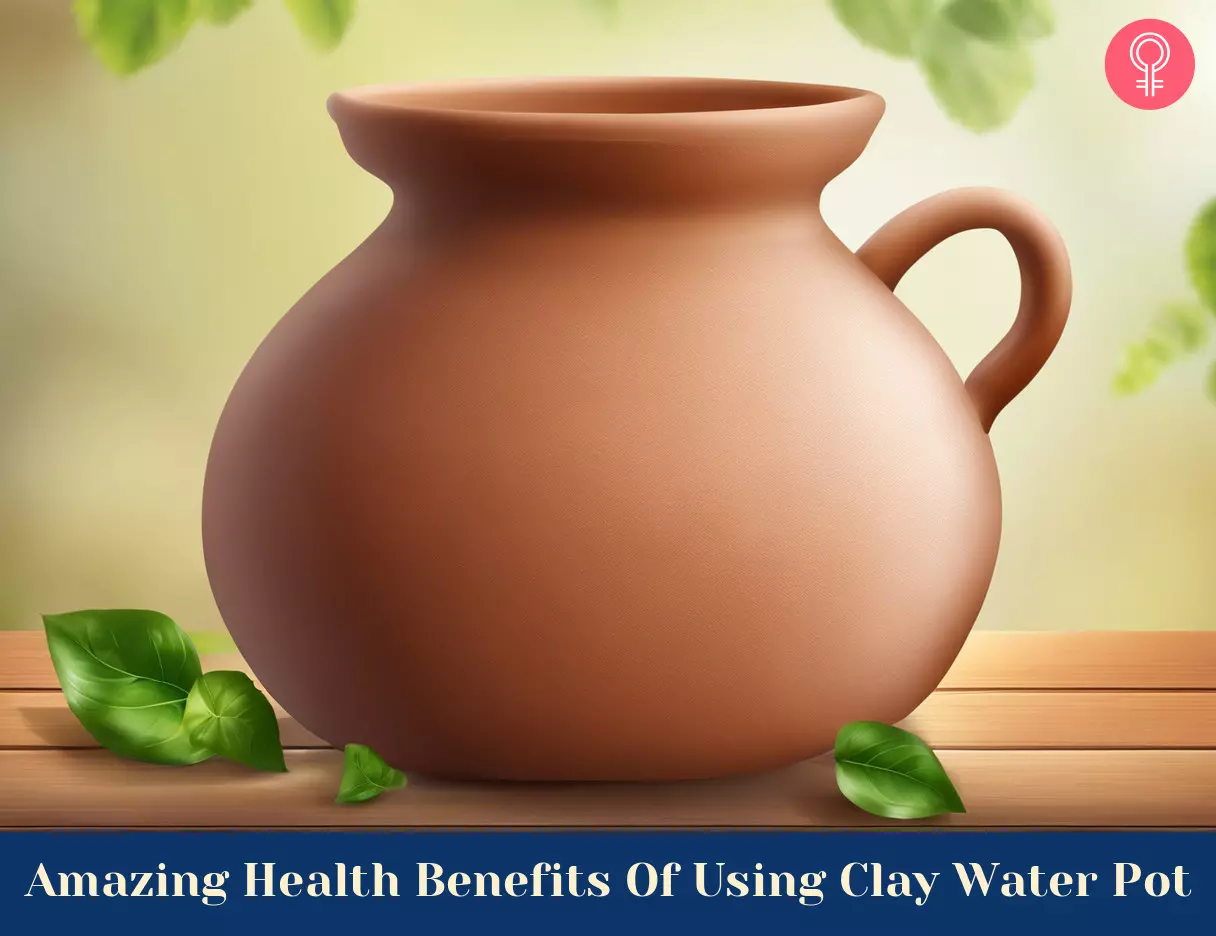
Image: Stable Diffusion/StyleCraze Design Team
Drinking clay pot water has many health benefits. Check out the video below to learn how it can help improve digestion, reduce inflammation, and more.
Personal Experience: Source
StyleCraze's articles are interwoven with authentic personal narratives that provide depth and resonance to our content. Below are the sources of the personal accounts referenced in this article.
i. CLAY POTS, EARTHENWARE AND PIPKINS https://meddlingmedlars.wordpress.com/2016/07/12/clay-pots-earthenware-and-pipkins/References
Articles on StyleCraze are backed by verified information from peer-reviewed and academic research papers, reputed organizations, research institutions, and medical associations to ensure accuracy and relevance. Read our editorial policy to learn more.
- Exploring the use of clay pots as sustainable storage containers to improve water quality
https://pmc.ncbi.nlm.nih.gov/articles/PMC11247066/
Read full bio of Dr. Sandeep Jassal
Read full bio of Tanya Choudhary
Read full bio of Ravi Teja Tadimalla
Read full bio of Himanshi Mahajan






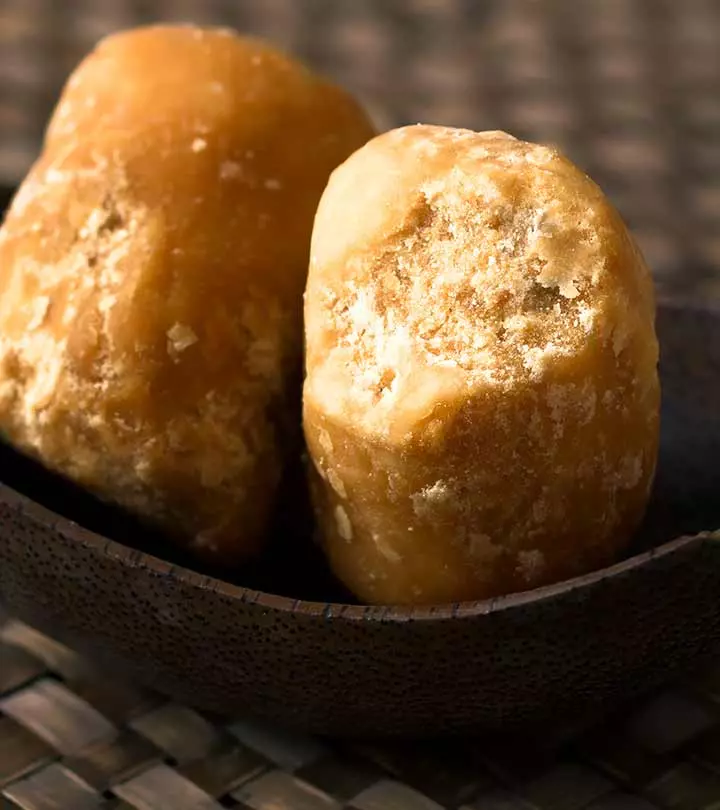

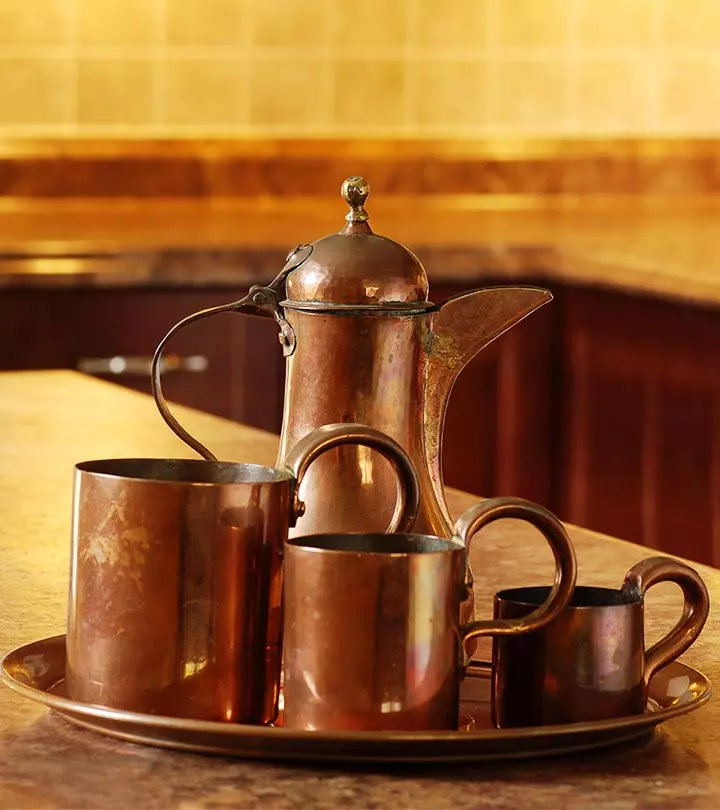
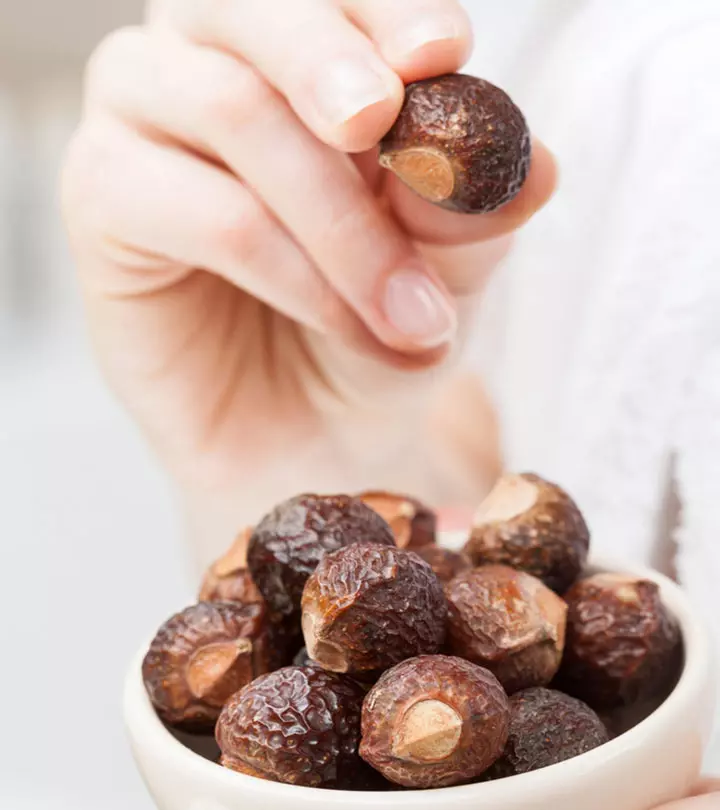
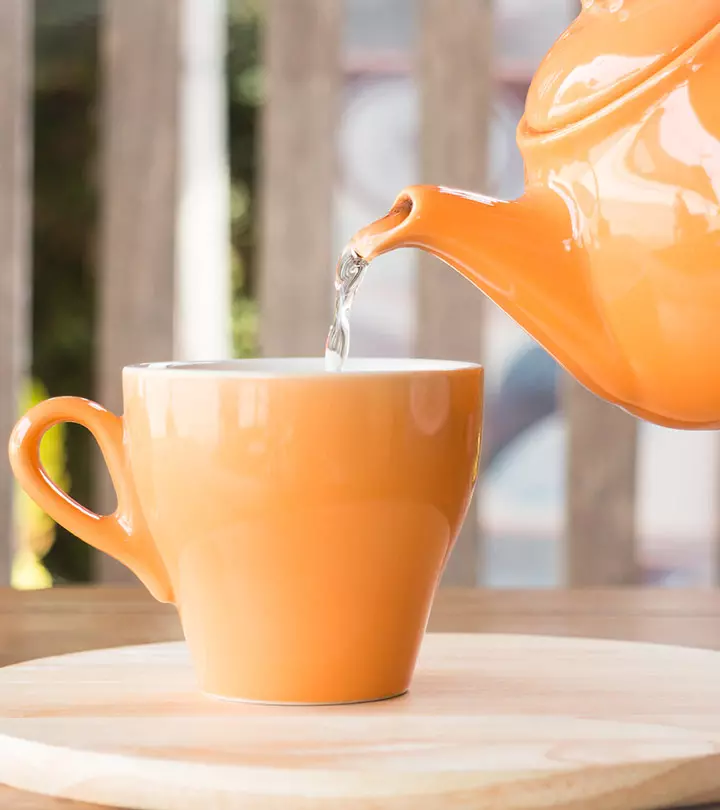
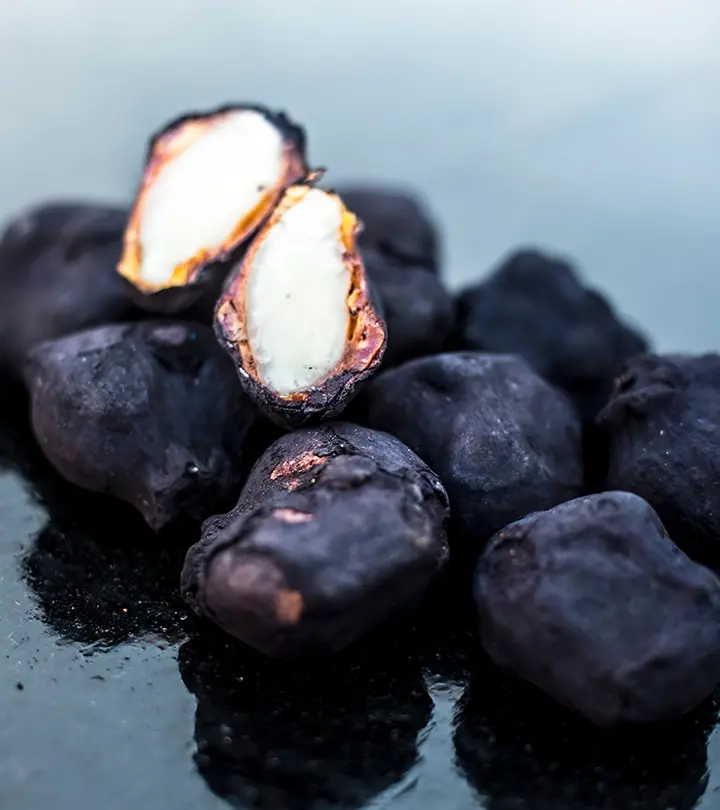




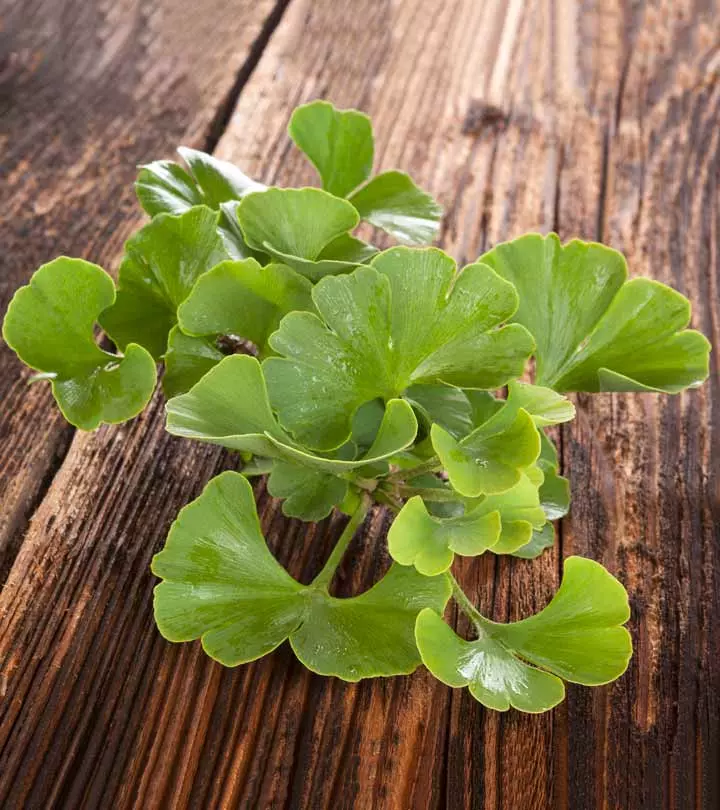
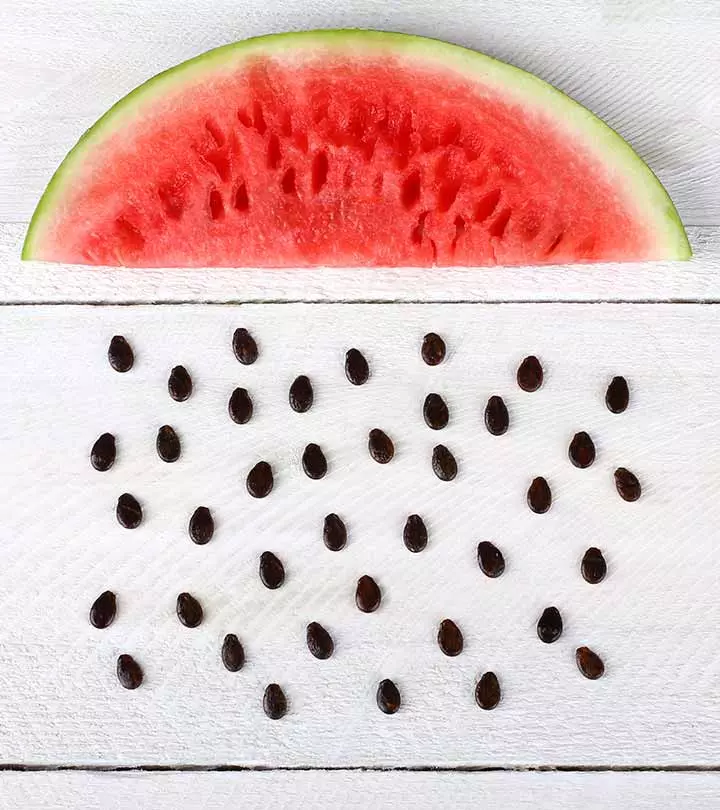
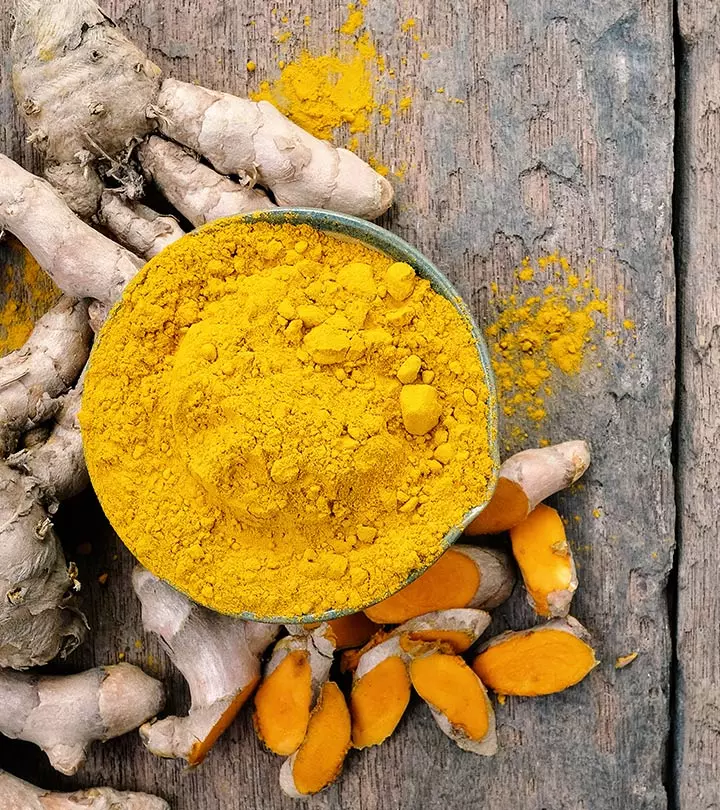
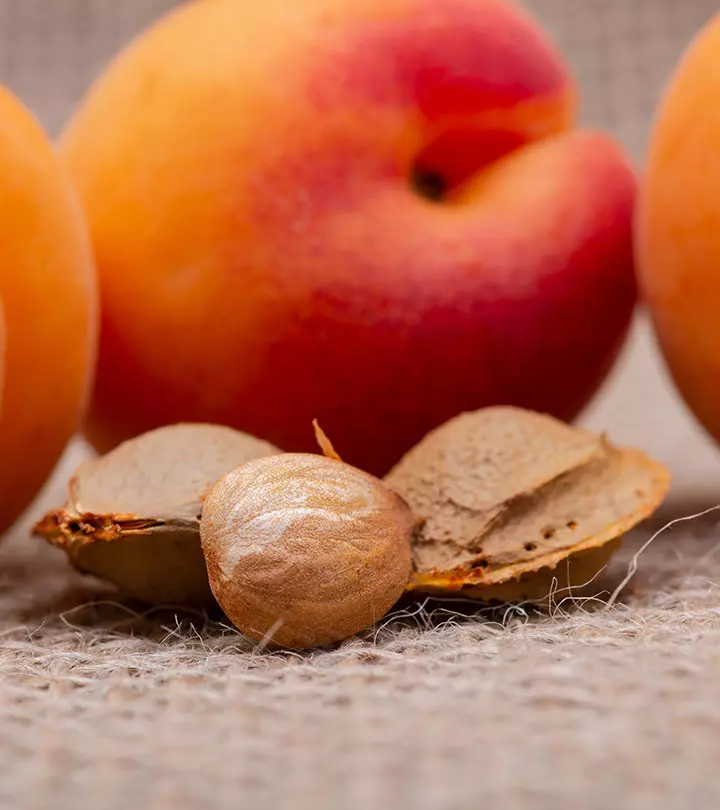
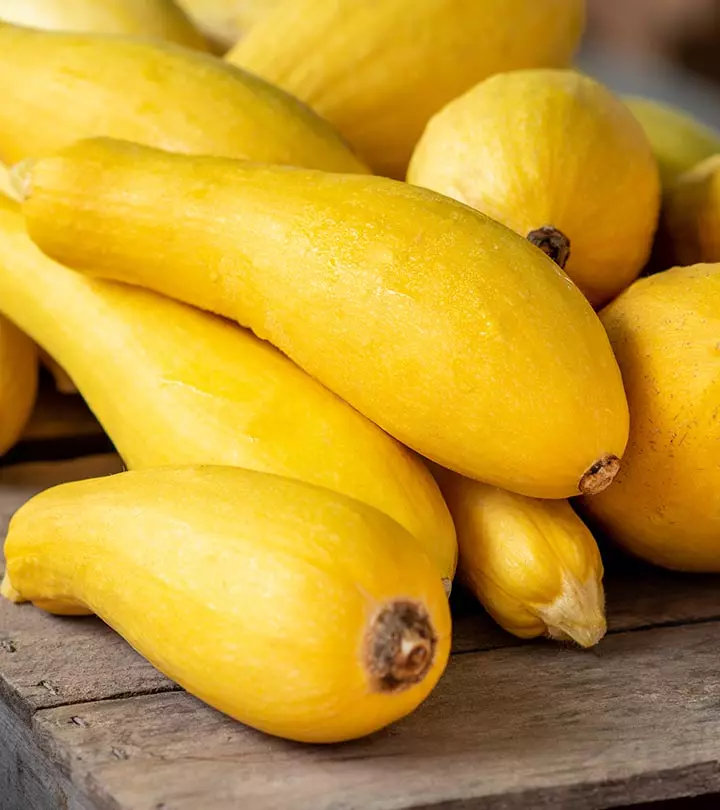
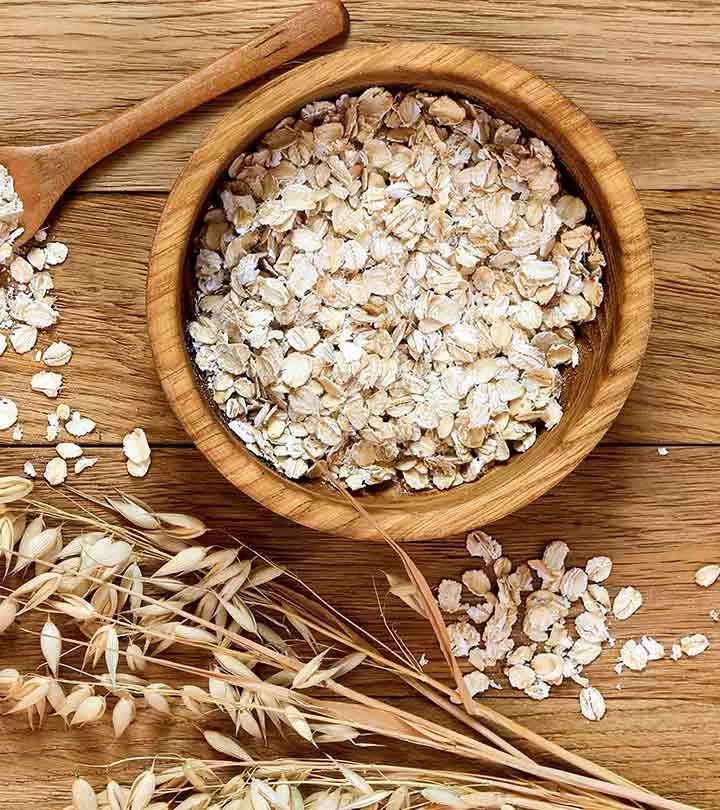
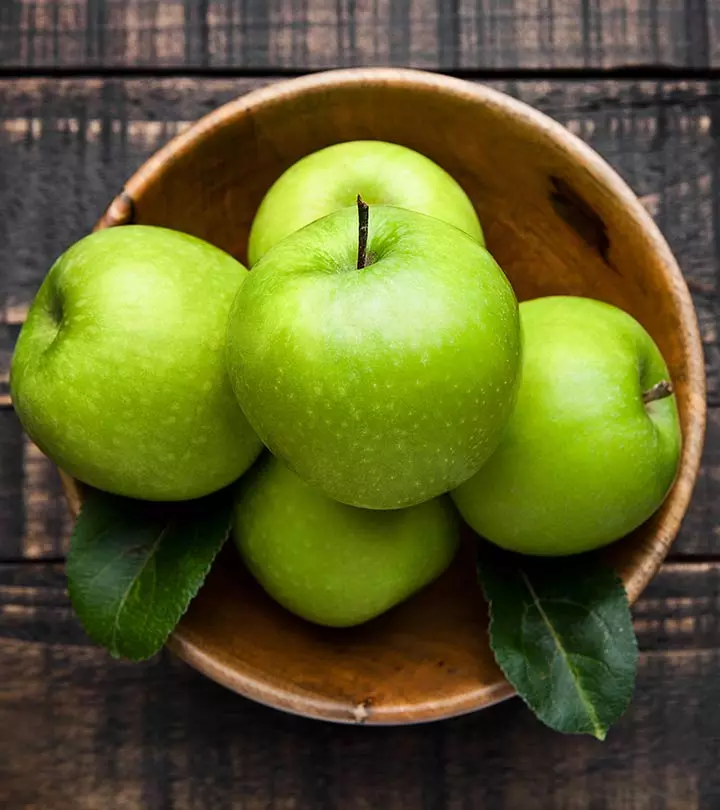
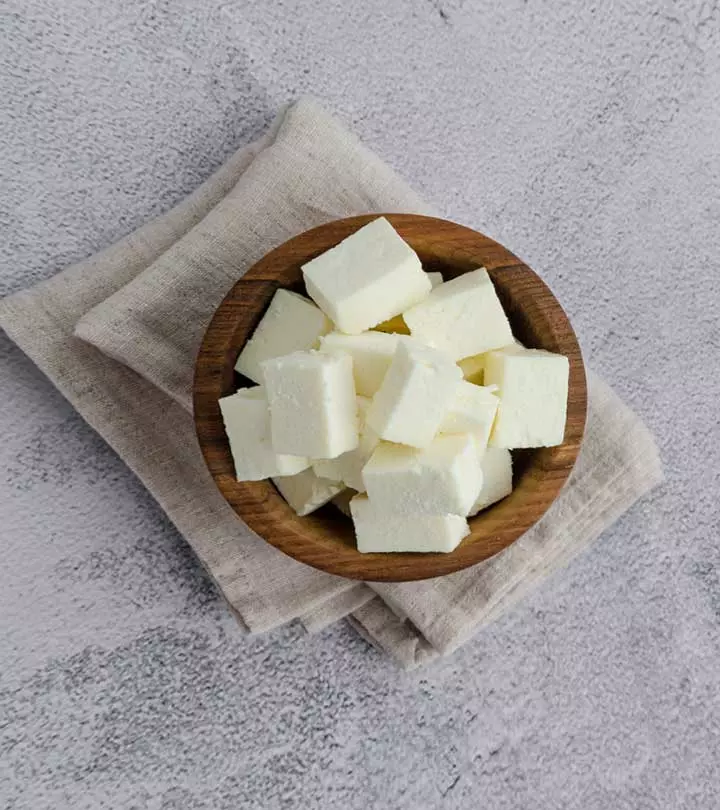


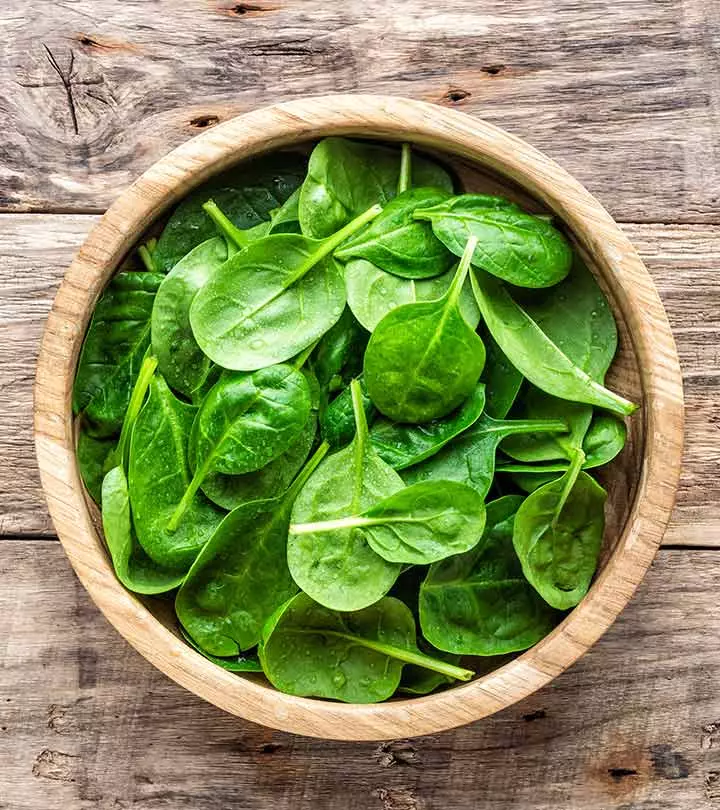
Community Experiences
Join the conversation and become a part of our empowering community! Share your stories, experiences, and insights to connect with other beauty, lifestyle, and health enthusiasts.